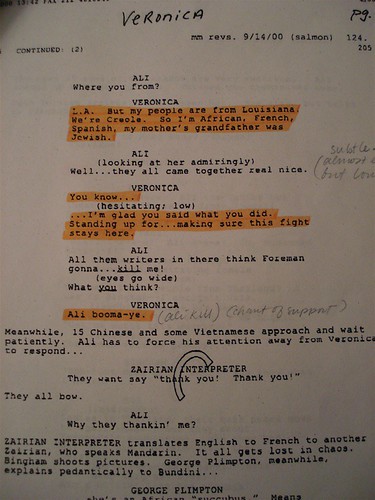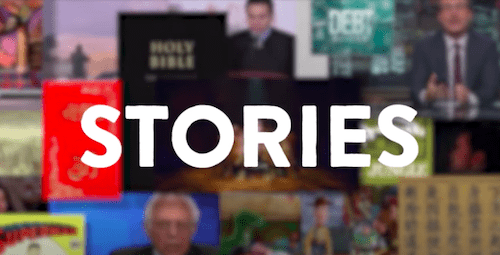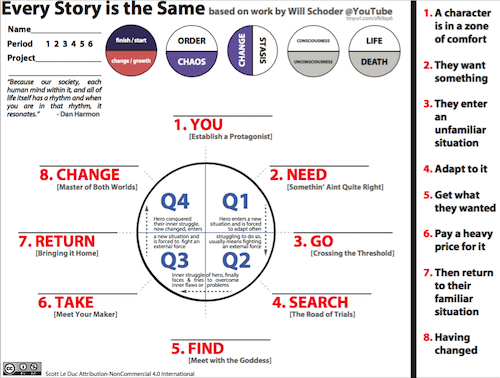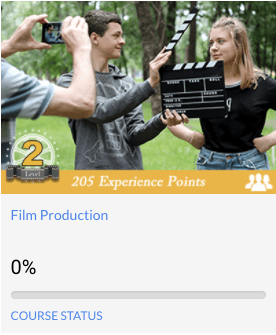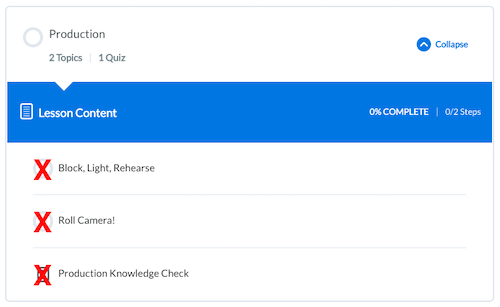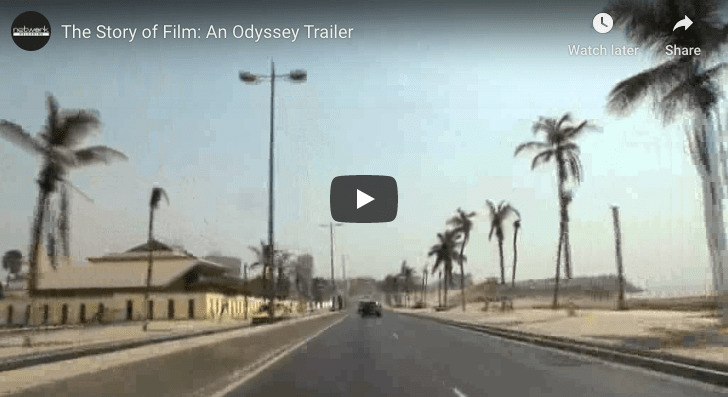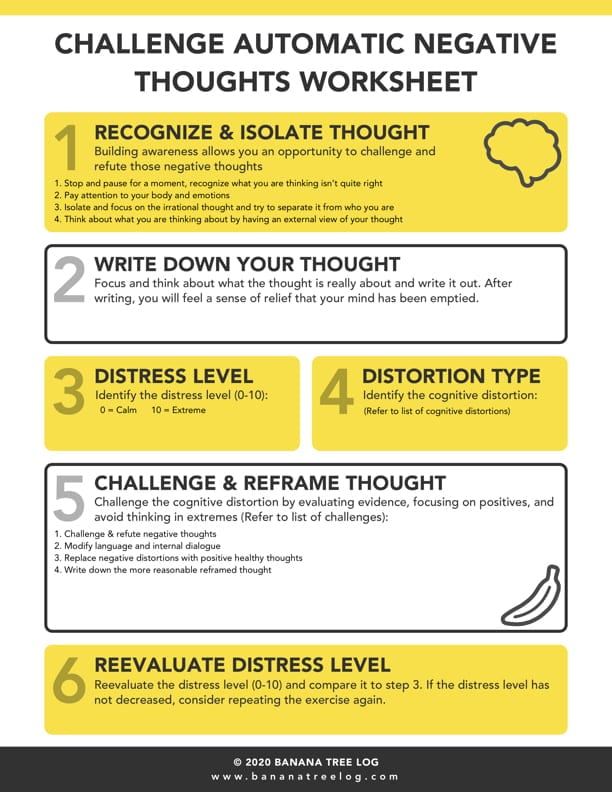| TOPIC | YOUR NOTES |
1. Who is the protagonist?
| |
2. Who is the antagonist?
| The antagonist isn’t as much a person but a social normality during the time period. The racist views, policies, and people during this time period in those areas are the antagonistic force in the movie. They directly go against the protagonist and the themes revolving around him, causing the main conflict. |
3. What is the conflict?
| The conflict of this movie is Dr. Shirly coming to his own and discovering who he is and where he belongs. He feels he doesn’t belong with his racial peers because of his economic status, he doesn’t fit in with his economic class because of the amount of racism involved within that group. |
4. What is the theme or central, unifying concept? (summarize in one or two words)
| Discovering oneself. |
5. How is the story told (linear, with flashbacks, flash-forwards, at regular intervals)
| The story is told through a lens that slowly reveals more and more. It isn’t exactly linear because all the pieces for the story are there from the beginning, but not all of it is obvious until later on. Depending on who you are and the life you’ve lived you’ll learn the stuff in a different order or at a different pace than someone else, which is why I love it. I watched this movie the year it came out and I watched it again now. On each viewing I had a completely different outlook on what was happening and how everything unfolded. |
6. What “happens” in the plot (Brief description)?
| Tony and Dr. Shirly moved throughout the south so that Dr. Shirly could play at multiple venues. Along this trip Tony learns more and more about the racial injustice during this time period while Dr. Shirly discovers himself and slowly befriends Tony. |
7. How does the film influence particular reactions on the part of viewers (sound, editing,
characterization, camera movement, etc.)?Why does the film encourage such
reactions?
| The film aims for different reactions at different points. It tries to question the morals of as many people as possible while also delivering a clear moral that it wants to share. During each emotional scene it involves some aspect of life that could relate to someone and tries to cause them to react to it in a sympathetic way to emotionally hook the viewer. |
8. Is the setting realistic or stylized?What atmosphere does the setting suggest?Do particular objects or settings serve symbolic functions?
| The setting is very much realistic. It doesn’t get too technical or fancy with what is happening and instead allows scenes to be carried by the actors and the characters than the actual shot itself. |
9. How are the characters costumed and made-up?What does their clothing or makeup reveal about their social standing, ethnicity, nationality, gender, or age?How do
costume and makeup convey character?
| The characters clothing makeup very much emphasizes the characters social classes. We see with Dr. Shirly’s clothing that he’s extremely rich, which is a stark contrast with Tony’s very ragged and poor clothing. |
10. How does the lighting design shape our perception of character, space, or mood?
| The lighting is always lighter and more vibrant during scenes where the characters are bonding, and the lighting is always darker during the scenes where it is getting more serious and working in the commentary on racism. |
11. How do camera angles and camera movements shape our view of characters or spaces?What do you see cinematically?
| There aren’t too many special shots. The only ones I can think of are the ones where Dr. Shirly is playing the piano and how those shots emphasize how much playing the piano means to him. |
12. What is the music’s purpose in the film?How does it direct our attention within the
image?How does it shape our interpretation of the image?What stands out about the music?
| The music is mostly used to show the differences between economic classes and racial stereotypes. It uses the different styles of music that certain groups of people were stereotyped to listen to and mixed them up, which contributed to the themes quite a lot. |
13. How might industrial, social, and economic factors have influenced the film?Describe how this film influences or connects to a culture?
| The movie doesn’t focus on a culture, it focuses on 2 peoples relationship. It focuses on each of them learning the others world and helping each other along. |
14. Give an example of what a film critic had to say about this filmUse credible sources and cite sourcesExample: “The Shawshank Redemption Movie Review (1994) | Roger Ebert.” All
Content. N.p., n.d. Web. 24 June 2015. | |
15. Select one scene no longer than 5 minutes that represents well the whole film and shows relevant cinematic elements.Write a one-sentence description of the scene and record the time of the scene. Example, from 1:05:00 to 1:10:00.Explain why you chose this scene.
| (I don’t have access to the movie now so I can’t write the timestamp) The one scene is the one where the car breaks down next to a group of African-Americans working in the fields. Not a single word is said in this film, but the way they all stop and look at Dr. Shirly, a racial peer to them, but someone who has never experienced what they have. |
| 16. In the selected scene: write a sentence for each of the elements below to justify why this scene best represents the film: | |
| a. Screenwriting: | The writing is absolutely wonderfully done and has the comedic and dramatic scenes all carry so much weight to them. |
| b. Sound Design: | The sound design isn’t really significant, it’s well done but nothing special outside of the piano scenes. |
| c. Camera Movements/Angles: | The camera is used in a much more bland way, it’s used well, but not in some incredible way. |
| d. Light Setup: | The lighting is more realistic than anything else, but still well done. |
| e. Soundtrack/Score: | The soundtrack mostly consists of the different songs played on the piano, and those are all really well done. |
| 18. What’s the socio-cultural context of this film? | It takes place in the mid 1900s during the segregation era. |
